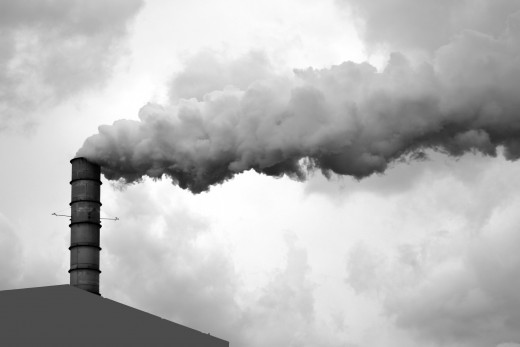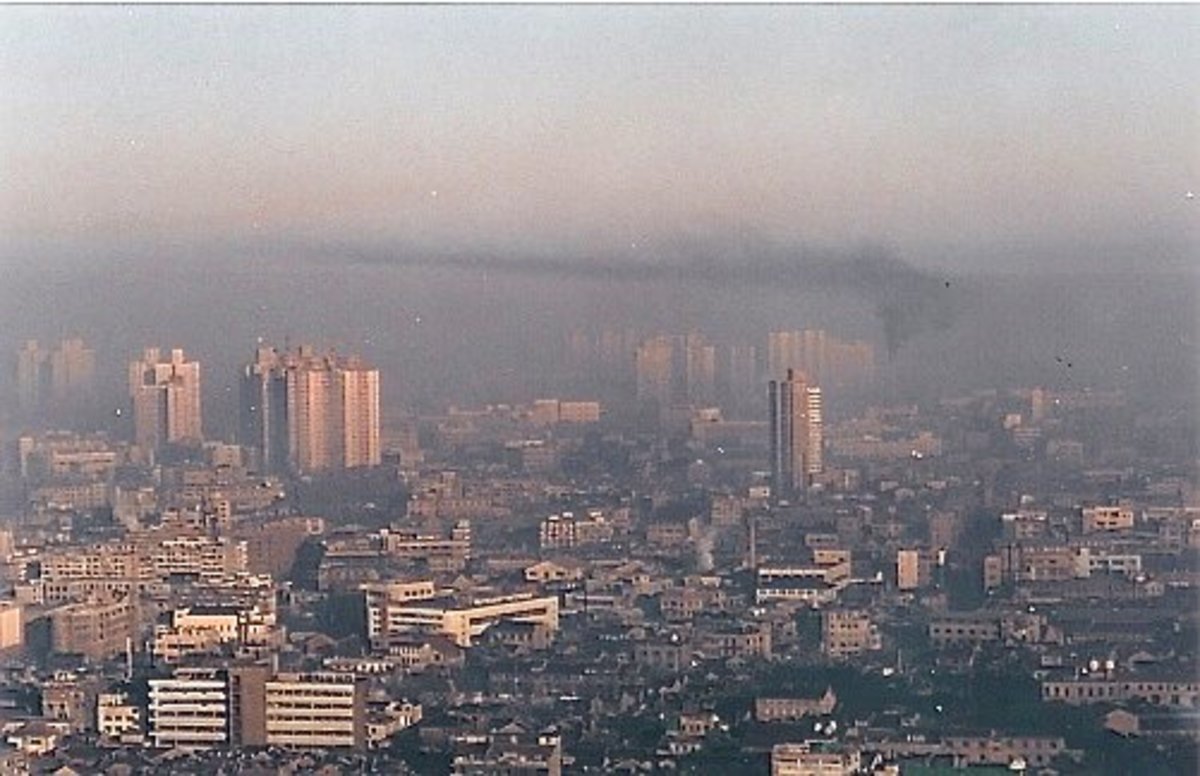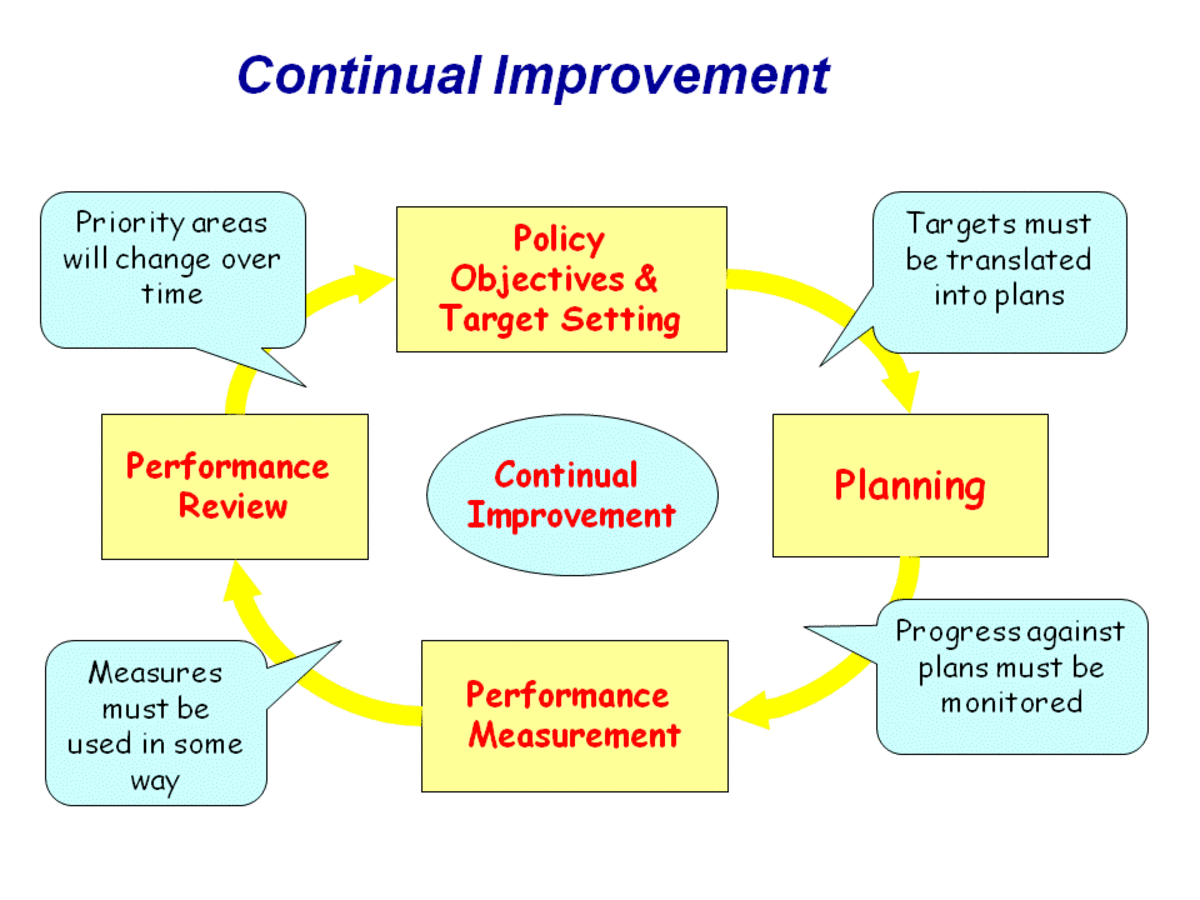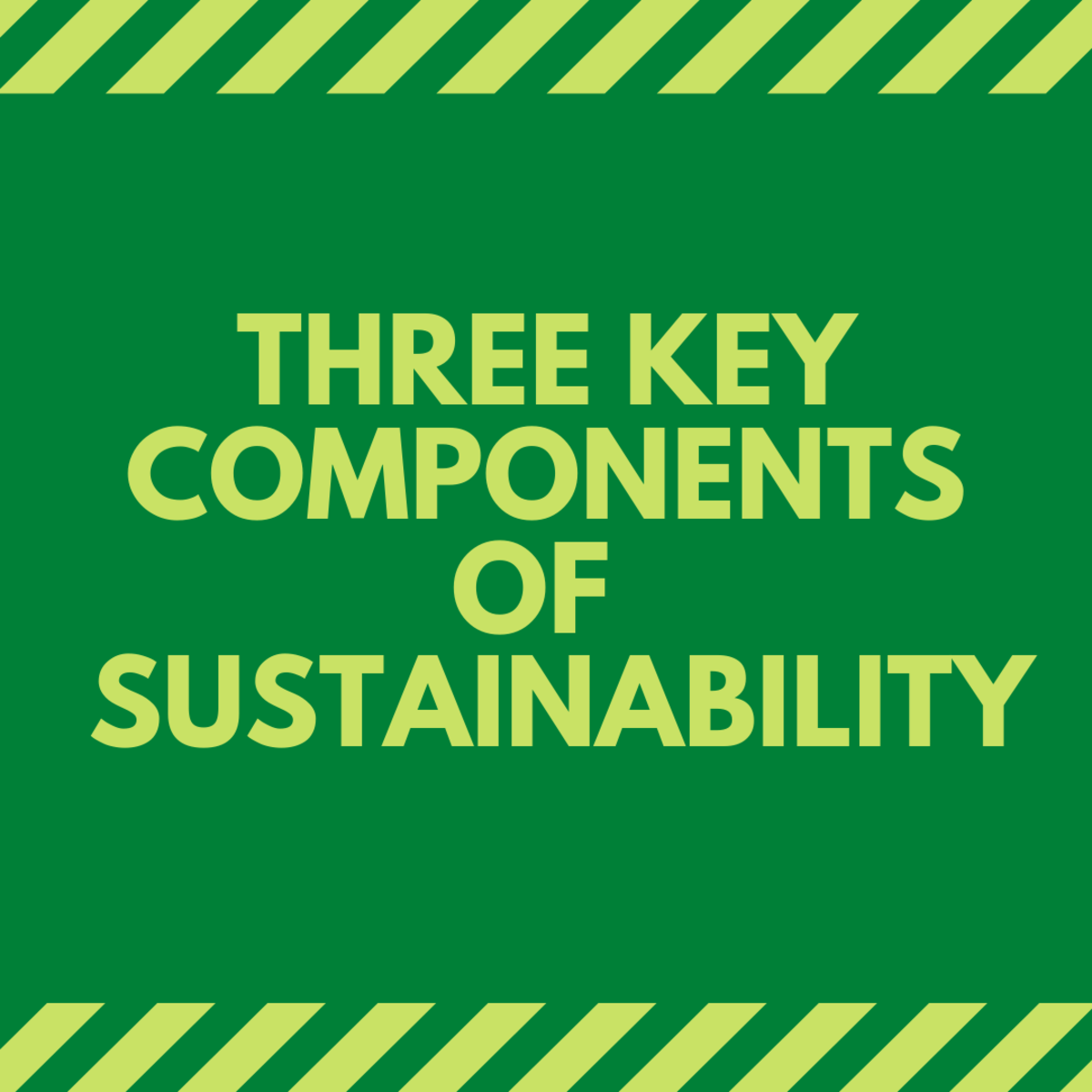What are Ozone Action Days?
High Ozone Levels Create Poor Air Quality

Air Pollution and Ozone
Have you ever wondered why some cities have higher ratings for air quality and others are ranked lower, but there’s little way to tell the difference when you look at the sky?
Clean air is not just measured in what you can see (although smoke and smog are certainly factors to consider). And the biggest source of pollution in many areas can’t even been seen. Ozone, that invisible and almost mysterious element, is one of the major air hazards in our current society.
Air quality is actually measured all across the United States on an hourly basis and urban areas are given a rating according to federal clean air standards.
The United States and many other countries embraced clean air standards several years ago, partly in response to the increase in deaths from polluted air in heavily industrialized areas.
What are Clean Air Standards?
Pollutant
| Averaging Time & Levels
| Requirements
|
|---|---|---|
Carbon Monoxide
| 9 ppm in 8 hours or 35 ppm in 1 hour
| Can't exceed more than once a year
|
Lead
| 0.15 parts/rolling three-month average
| Not to be exceeded
|
Nitrogen Dioxide
| 53 ppb annually
| Annual Mean
|
Ozone
| .075 ppm
| Based on annual 4th-highest 8-hour concentration; 3-year averages
|
Particle Pollutants
| Varies with size; annual or 24 hour ranges
| Varied, based on 3-year averages
|
Sulfer Dioxide
| 75 ppb in 1 hour, or 0.5 ppm in 3 hours
| Three-year 99th percentile average for ppb standard; ppm standard cannot be exceeded more than once per year
|
The Environmental Protection Agency (EPA) monitors these pollutants and sets the above requirements for Clean Air Standards.
What is Ozone?
There are two places in the Earth's atmosphere that have ozone, one is high in the upper regions and one is lower, near the ground. There’s a difference between ozone in the upper atmosphere and ozone at ground level.
The ozone we worry about is not an actual product of exhaust or emissions. It results from the interaction of various things such as chemical evaporations, fumes from gasoline, exhaust from tailpipes or emissions from smokestacks. When combined, these elements produce ‘ambient’ ozone, or ‘ground-level ozone’ that can damage your health.
Ozone at higher levels, though, according to environmental experts, plays a positive role by creating a layer that protects us from ultraviolet rays that can create damage of their own.
On the ground, though, it can seriously damage your lungs. That's why your community might issue Ozone Alerts on days when weather conditions can add to ozone levels.
How is Ozone Counted?
Today, air monitors all across the United States (and in other countries) measure air quality hourly to determine the level of ozone parts per million (ppm) and the amount of microscopic particulates in the air.
Microscopic particulates are the tiny irritants that can set up shop in your lungs and cause infections or other health problems.
The monitored information is transmitted to environmental offices at the local and national level and compared to EPA standards. For many years, standards were set at 80 ppm (or less) on Ozone Alert Days
In recent years, however, the threshold for ozone levels has been lowered (meaning, there’s a tighter standard) and amounts higher than 75 ppm in an area are considered non-compliant.
Ozone levels are based on the fourth-highest daily maximum concentration over an 8-hour period, averaged out over a three-year period. This sounds complicated (and it is) but it allows for extreme variations that could be one-time situations.
The EPA also monitors other pollutants, such as carbon monoxide, lead, nitrogen dioxide, particle pollution and sulfur dioxide. Each has its own requirement and the measuring periods vary according to the pollutant.
You can even check the air quality in your area by entering your zip code or location on the EPA's website. You'll get updates about the current ozone level and other pollutants, as well as water quality of local streams and other information.
Conditions That Create Ozone, and Health Concerns
What is an Ozone Alert Day?
So, what is a ‘high ozone day,’ and what do we do about it?
High ozone can happen when hot weather (with little wind to help cool things down and move the air) traps a layer of bad air over an area and allows the pollutants to build up.
A nice breeze would feel good, and would also help blow the bad stuff out of the area, but then, Mother Nature doesn’t always cooperate, does she?
Interestingly, an area can sometimes get a bad rap in term of air quality through little or no fault of its local residents or industries.
If your city is in an area that gets wind currents from an area that generates industrial pollution and you happen to have a weather condition that stalls the air in a windless environment, your city could get lower marks on air quality.
Facts About Ozone
What to do on Ozone Action Days
There’s plenty we can do to help reduce ozone. Hot weather is a perfect time to pay attention to tips that can prevent problems, since ozone loves very high temperatures on days when there’s little wind.
- Telecommute: If your job allows you to telecommute, see if you can work from home on days when your area has Ozone Action Days. You’ll be helping by reducing exhaust fumes, and you’ll also protect yourself from inhaling whatever is already in the atmosphere.
- Carpool: If your job doesn’t allow for telecommuting, share rides with a coworker or take the bus to put one less vehicle on the road.
- At the Gas Pump: The time of day you fill your car can make a big difference in the amount of pollution you generate. Surprisingly, filling up when the temperatures are lower (such as the early morning) is a bad idea. The cooler air retains more fumes, which means they’ll be available to chemically react later with other elements and produce ozone.
- Wait to Mow the Lawn: Avoid using gas-powered lawn mowers on Ozone Action Days, to prevent putting harmful emissions into the atmosphere. Guys, you can actually tell your better half there's a good reason you're not mowing today!
- Delay Grilling Outdoors! If you're planning to grill, avoid using charcoal or other smoke-producing methods that add to pollution. Either way for a better day, or use propane.
- Stay Home! A good rule to follow (or try to follow) would be to avoid starting your car at all on Ozone Action Days. Plan to stay home if you don't have to get out that day.
- Check Your Thermostat: You can also save energy and reduce pollution by cutting back on your use of air conditioning. Try setting the thermostat a few degrees higher and it won’t run as much (which means the system won’t add to thermal pollution, and the energy grid won’t be working as hard in your area). You can save even more if you turn the entire system off for a while during peak consumption hours.
London's 1952 Smog Disaster

Hong Kong Killer Air Pollution
Deadly Smog: 1952 London Air Pollution
Polluted air is far more dangerous than you might believe. One notable disaster was the lethal smog that covered London in 1952, killing around 8,000 people from the toxic wastes spilled into the environment through smokestacks on homes and factories, fumes from automobile exhausts and other sources of pollution.
The London disaster was partly the result of the weather; cold temperatures combined with a lack of wind (which would have blown some of the pollution away from the population) trapped the dirty air in a layer near the ground.
The situation was so severe that the area became too dark for visibility; smog covered the entire city in a dark cloud of toxic pollution.
As a result of the thousands of deaths (from lung disease, asthma, or heart conditions made worse by difficult breathing), the government created policies that allow agencies to create standards to prevent similar disasters in the future.
Urban Air Pollution Today:
Unfortunately, severe air pollution continues to be a problem in some major urban cities throughout the world. Mexico City faced serious problems, and is a risky place for persons with compromised health to travel.
Hong Kong's Air Pollution:
Hong Kong's situation has created nearly opaque air, and health hazards that are far-reaching. Air pollution is being combated for public health reasons as well as economic reasons, since it is feared other industrialized nations will avoid business there due to the dirty air.
As can be seen in the adjacent video, there are other issues in getting public support to spend dollars on preventing and reversing pollution.
What About You?
Do try to preserve air quality?
Clean Air Saves Taxes
If you follow the above guidelines during Ozone Action Says, you’ll not only help air quality and avoid health problems, you'll help save money on your taxes.
Some areas are at risk of being in non-compliance with EPA standards, if your community is one of those, it can lose valuable infrastructure and roadway funds from the federal government.
One factor the federal government considers when awarding funds to a city or metropolitan community is whether the area is in compliance with Clean Air Standards and EPA guidelines.
Every penny you lose will add to your local tax burden and likely delay improvements to the infrastructure. It’s financially smart to pay attention to air quality, in addition to being environmentally sound.








